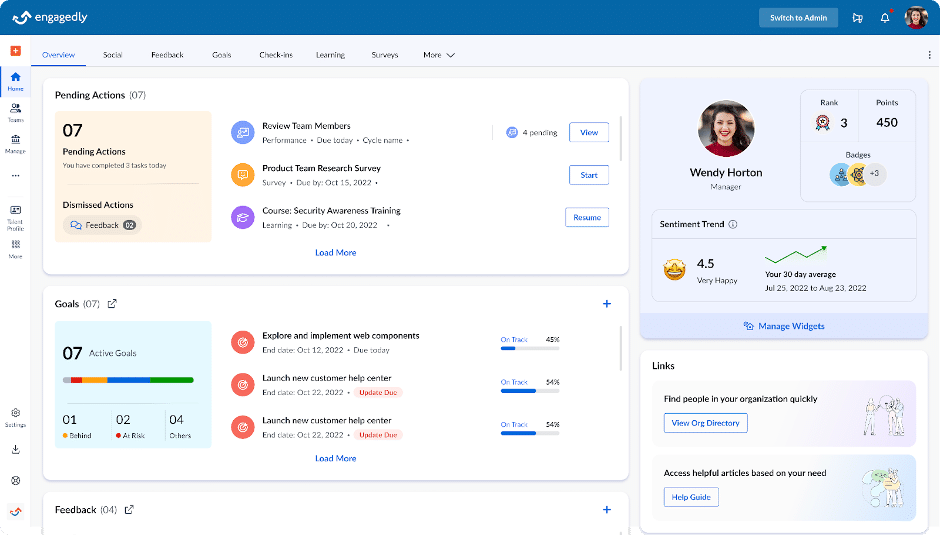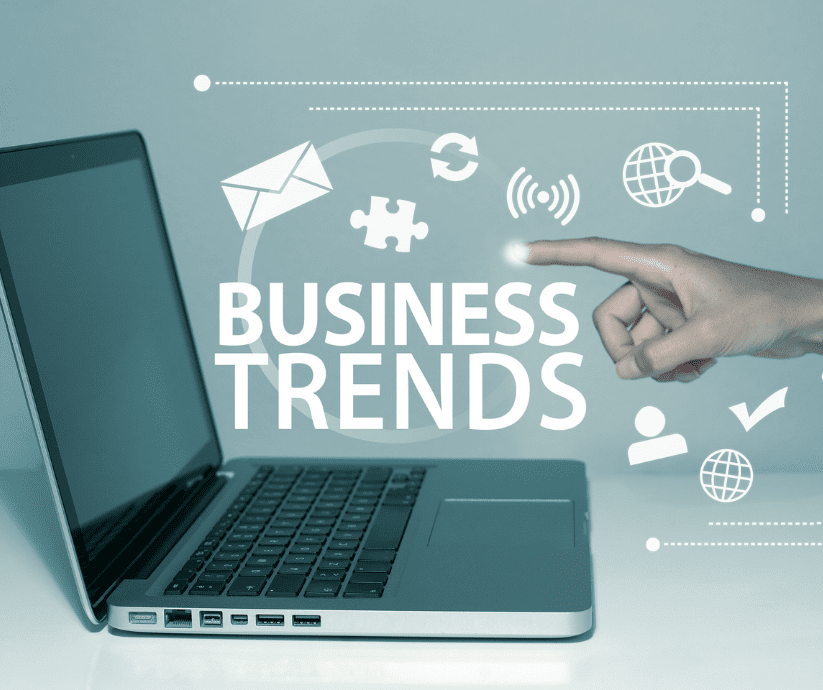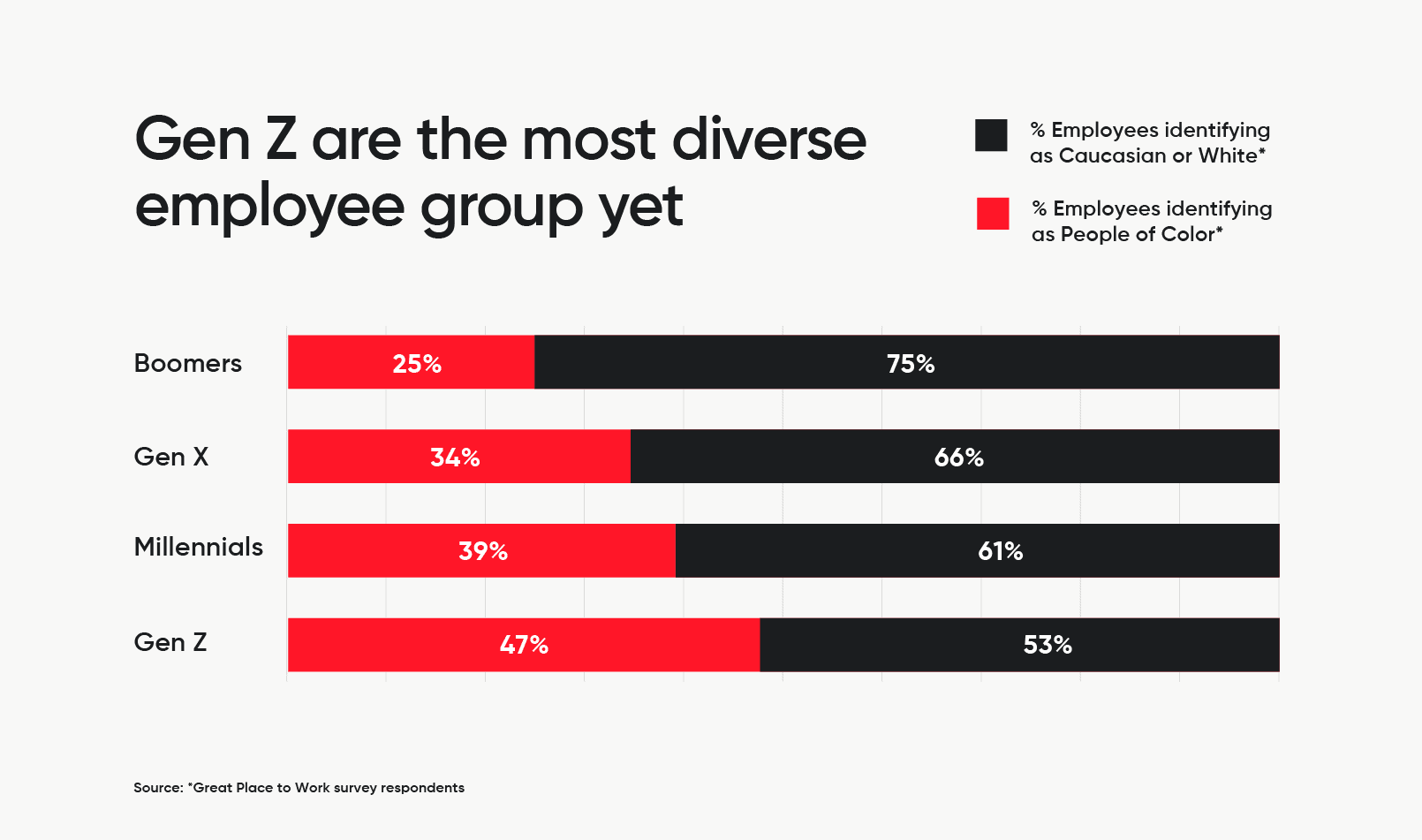As we approach 2024, businesses will focus on enhancing their HR management practices to achieve greater efficiency and excellence. HR software plays a pivotal role in revolutionizing HR processes and optimizing operations. It is not a mere tool but a powerful driver of change and a worthwhile investment in a business’s future.
This guide will walk you through the steps to assess and acquire HR software that aligns with your organization’s unique needs. It will also discuss different categories and key attributes for seamless HR operations. Let’s dive in.
Understanding the Need for HR Software
HR software has significantly improved the efficacy and efficiency of managing HR processes by replacing labor-intensive manual work with fully automated systems. By simplifying core HR processes such as keeping employee records, payroll management, and recruitment, HR software has brought about a remarkable transformation in businesses.
The best HR tools effectively tackle the common challenges of HR management and offer cutting-edge solutions. Further, with the emergence of artificial intelligence and automation, HR software has become even more powerful, giving businesses a competitive advantage.
Types of HR Software
Each HR software type offers specific features and functionalities to cater to different HR needs. When building your HR tech stack, it is essential to thoroughly understand business requirements and compare different software features.
The following HR software types are the most common:
- Human Resources Information Systems (HRIS): HRIS is an information system focused on organizing and storing employee records. It streamlines various HR processes such as induction, recruitment, time and attendance tracking, compliance, and payroll management. This software allows employees and employers to easily store, modify, and remove information.
- Human Resources Management Systems (HRMS): HRMS is another type of system that builds upon the functionalities of HRIS and offers more advanced solutions. It helps manage essential HR tasks, including performance management, analytics, and onboarding, in addition to employee data management.
- Employee Document Management Software: This HR software efficiently manages employee documents such as resumes, contracts, and performance reviews. It ensures proper organization and easy accessibility of relevant documents.
- Applicant Tracking System (ATS): ATS assists in tracking resumes, job applications, and candidate communications to streamline recruitment processes. It also helps attract passive candidates and stores top candidate information for future consideration.
- HR Payroll Software: This software simplifies payroll processing and tax filing by automating calculations and ensuring accurate tax filing. It reduces the administrative burden on HR managers.
- Human Capital Management (HCM): HCM serves as an extension of both HRIS and HRMS, encompassing all their features while incorporating talent management functionalities. It enables organizations to effectively manage their human resources, address their needs, and train, develop, and retain them.
What to Look for in HR Software?
HR software acquisition demands a strategic approach that encompasses a thorough understanding of your business’s HR needs, budget definition, a meticulous exploration of potential software solutions, and finalization through negotiations and contract agreements.
Making the software purchasing decision is a meticulous process that requires careful consideration of various features and functionalities. To ensure an informed choice, pay attention to the following key features:
- Customization: Recognizing that each organization has unique HR processes and requirements, it’s crucial to select software that can adapt to your specific needs. Customization offers flexibility, ensuring the software aligns seamlessly with the organization’s HR strategies and goals.
- Reporting and Analytics: HR decisions rely heavily on data-driven insights. The chosen software should boast robust reporting capabilities, offering comprehensive insights into essential HR metrics such as employee performance, turnover rates, and training needs. Advanced analytics tools should also be available to empower HR professionals to analyze data effectively.
- Mobile Accessibility: The inclusion of mobile accessibility enhances user experience, employee engagement, and overall productivity. A mobile-friendly interface enables employees to access personal information, request time off, and complete HR-related tasks conveniently using smartphones or tablets, while providing HR professionals with remote management flexibility.
- Customer Support: Reliability in customer support is paramount. Given the complexity of HR software, having a vendor that provides responsive, knowledgeable, and round-the-clock customer support is essential. This ensures that any technical issues or inquiries can be promptly addressed, minimizing disruptions to HR operations.
- Cost: Consideration of cost and pricing structure is vital in selecting HR software suites. Evaluate the software’s pricing model, whether it involves a one-time purchase, subscription-based fees, or additional charges for upgrades or support. Assessing long-term costs and benefits is crucial to ensuring the software fits the organization’s budget and delivers value for money.
- Implementation and Training: The ease of staff training and software implementation is crucial. The software interface should be user-friendly, reducing the learning curve for employees. Choosing a provider that offers comprehensive support during the implementation phase contributes to a smoother integration process.
HR Software Implementation Strategies
Implementing HR software successfully poses certain challenges; thus, HR professionals must ensure a seamless integration with existing systems and effective employee training. Adopting a phased approach, HR should oversee data migration, system integration, ongoing software monitoring, and actively seek feedback to promptly address any issues.
Consider the following tips during HR software implementation:
- Involve Key Stakeholders in Planning: Engage HR professionals, IT personnel, HR managers, and employees in the planning process to gather valuable insights and ensure the software meets all stakeholders’ needs.
- Embrace Change: Effectively managing change and mitigating resistance involves transparently communicating the benefits of the software, addressing concerns, and supporting employees through regular communication, training, and ongoing assistance.
- Hire an Experienced Consultant: Bring in an external tech consultant with expertise in HR software to streamline implementation, provide guidance, ensure correct procedures, and support the team through the transition.
- Ensure Accurate and Secure Data Migration: Carefully manage data migration, including cleansing, mapping, and testing, to guarantee the accurate and secure transfer of relevant information during HR software implementation.
- Compliance and Data Security: Prioritize compliance with data protection regulations, such as GDPR or HIPAA, based on your region and industry. Implement robust security measures to ensure the safety of sensitive data.
- Data Backups and Disaster Recovery: Implement regular data backups and disaster recovery plans to safeguard against data loss caused by technical failures or unforeseen events.
- Monitor the New System: Go live with the new system, ensuring a smooth transition and user access. Post-go-live, monitor performance, address challenges promptly, and gather user feedback to make necessary adjustments.
Summing Up
As businesses aim for heightened efficiency and excellence, HR software emerges as a transformative force, revolutionizing processes and optimizing operations. Navigating the intricacies of assessing and acquiring tailored HR software offers essential insights for informed decisions in the dynamic HR technology landscape. Embracing the potential of HR software is not just a strategic choice but a commitment to continuous improvement and competitiveness in the ever-evolving business landscape.
Frequently Asked Questions
1. How to select the best HR software for my business in 2024?
To choose the best HR software for your business in 2024, start by understanding your specific HR requirements and establishing a budget. Explore different software options, prioritize customization to align with your organization’s needs, and consider key features like robust reporting, mobile accessibility, and reliable customer support. Evaluate costs, including long-term considerations, and focus on a smooth implementation process. Incorporate insights from the evolving landscape of HR technology to make informed decisions tailored to your business goals.
2. Why should businesses invest in HR software in 2024?
Businesses should invest in HR software in 2024 to enhance efficiency, streamline HR processes, and stay competitive. HR software provides advanced features like customization, robust reporting, and mobile accessibility, contributing to improved employee management, data-driven decision-making, and overall organizational effectiveness.
3. How can businesses ensure a smooth transition during HR software implementation?
Ensure a smooth HR software implementation by involving key stakeholders, communicating change effectively, hiring experienced consultants, ensuring secure data migration, prioritizing compliance, implementing robust data backups, and monitoring system performance post-go-live for user feedback adjustments.






 1. Create a Safe Psychological Environment for Women
1. Create a Safe Psychological Environment for Women
 Preparing Job Description
Preparing Job Description
 In a recent survey,
In a recent survey, 






















































